Australian Crypto Exchange Fees: Understanding Costs in 2024
As you venture into cryptocurrency trading in Australia, a critical consideration is the fee structure of the exchanges you may use.
Understanding these fees is paramount, as they can significantly impact your trading costs and overall investment returns.
Each exchange has its unique pricing model, including costs such as deposit fees, trading fees, and withdrawal fees.
Sometimes, there are hidden expenses that are not immediately apparent, which underscores the importance of a thorough evaluation.
Being well-informed about the various fees ensures you retain a more significant share of your investment gains.
The surge in popularity of cryptocurrencies in Australia has led to an increase in the number of trading platforms, each competing to offer the best rates and services to their users.
Different platforms cater to unique needs, with some offering lower fees to attract high-volume traders while others provide a user-friendly experience for beginners.
In this context, the cost-effectiveness of transactions becomes a key factor when navigating through the extensive list of available crypto exchanges.
Overview of Fee Types
When engaging with cryptocurrency exchanges in Australia, you’ll encounter various fees that can influence the cost efficiency of your transactions. Understanding these can help you make more cost-effective trading decisions.
Trading Fees
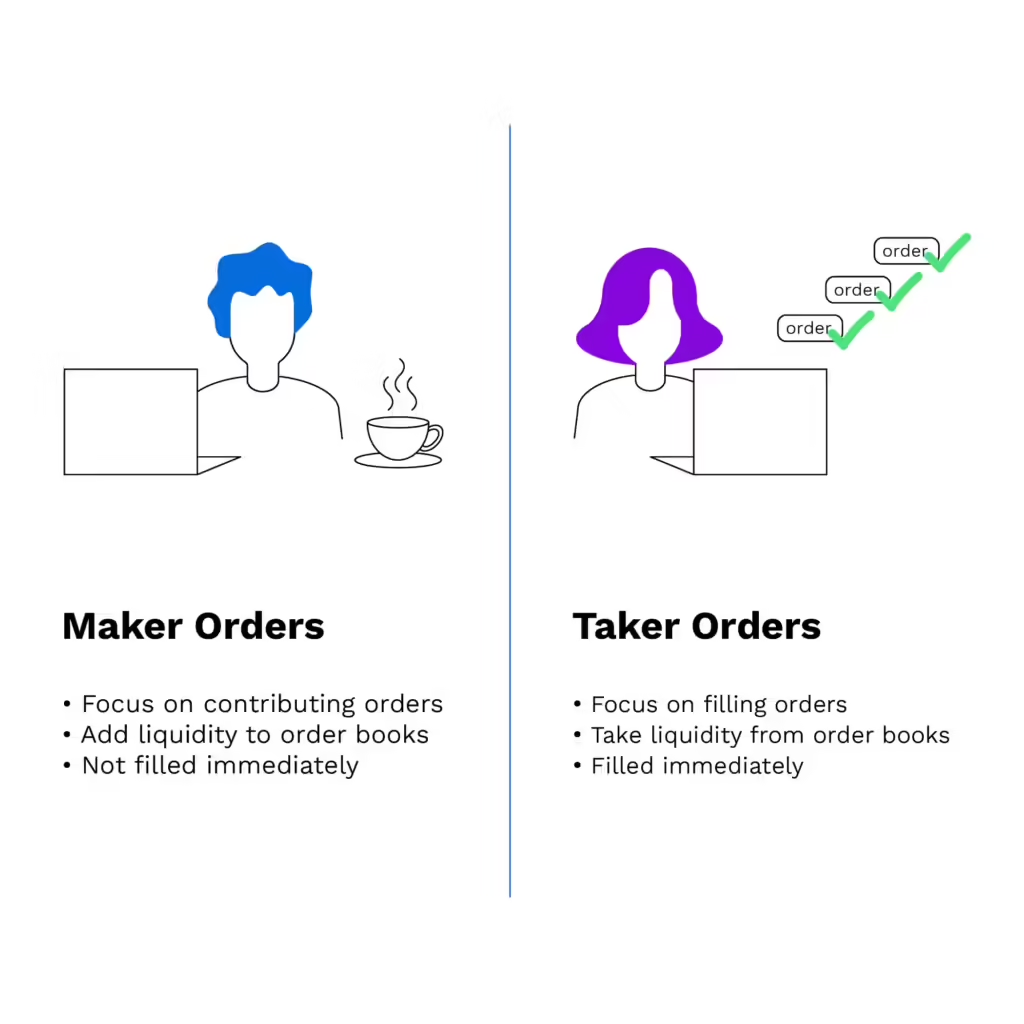
- Maker fees: When you add liquidity to the market, usually by creating a limit order, you’re considered a “maker,” and the cost for this service is often lower.
- Taker fees: Conversely, when you remove liquidity, often by fulfilling someone else’s order, you’re a “taker,” and this typically incurs a higher fee.
Deposit and Withdrawal Fees
- Deposit fees: Some exchanges charge you for depositing money or cryptocurrencies into your trading account. The structure can be a flat fee or a percentage of the deposit amount.
- Withdrawal fees: When you transfer your assets from the exchange, withdrawal fees apply. This can vary significantly depending on the crypto asset and can be a fixed or variable charge.
Network Fees
Transacting on blockchain networks incurs costs, which depend on the congestion of the network. These are mandatory and not dictated by the exchanges.
Spread
The difference between an exchange’s buy and sell price can also be a hidden cost. A higher spread can indicate a higher implicit fee.
It’s essential to compare these fees across various platforms, as they can dramatically affect your net returns from trading activities. Always review the exchange fee schedule you choose to ensure you know all applicable charges.
Comparison of Fee Structures at Major Australian Exchanges
When selecting a crypto exchange in Australia, it’s vital to understand the specific fee structures, which can significantly impact your trading costs. Here’s a brief comparison of major exchanges to guide your choice.
#1. CoinSpot

CoinSpot stands out with a 0.1% fee for market orders and a higher 1% for instant transactions. It caters to a broad audience by offering an extensive range of cryptocurrencies.
#2. Kraken

Kraken starts its tiered fee structure at around 0.16% for makers. Known for its robust security, it appeals to users looking for various trading options.
#3. Swyftx
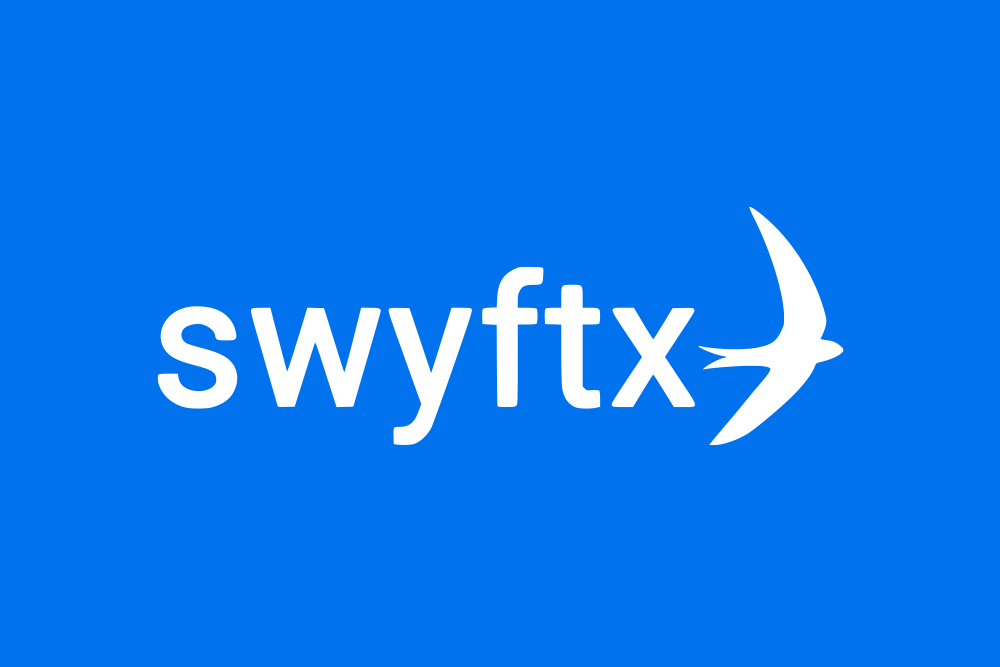
With fees ranging from 0.1% to 0.6%, Swyftx offers a comprehensive platform with recurring orders and over 370 cryptocurrencies.
#4. Coinstash
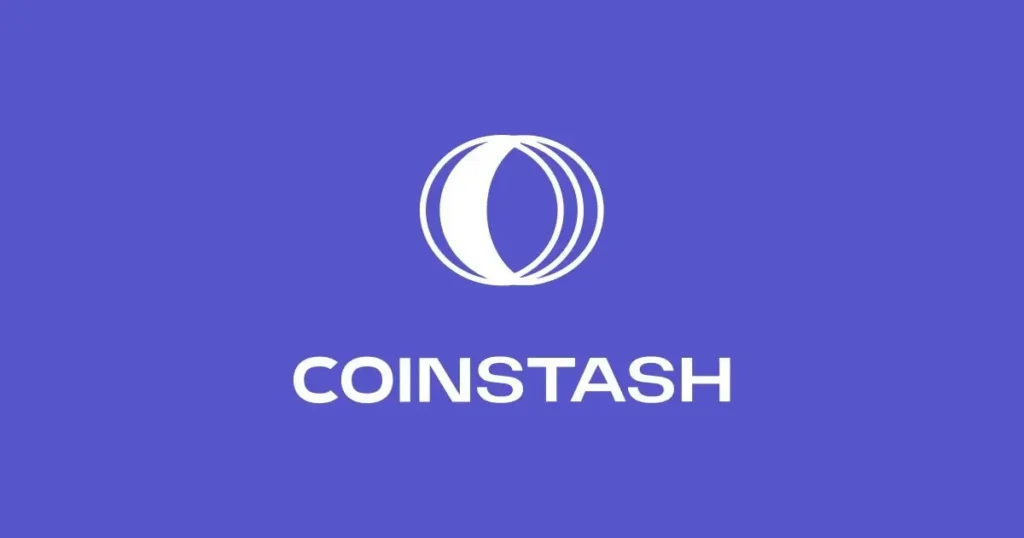
Coinstash maintains a cost-effective approach that appeals to beginners with its user-friendly platform and educational resources.
#5. Bybit

Aimed at advanced traders, Bybit has competitive fees between 0.0675% and 0.1% but requires alternative AUD deposits and withdrawal methods.
#6. eToro
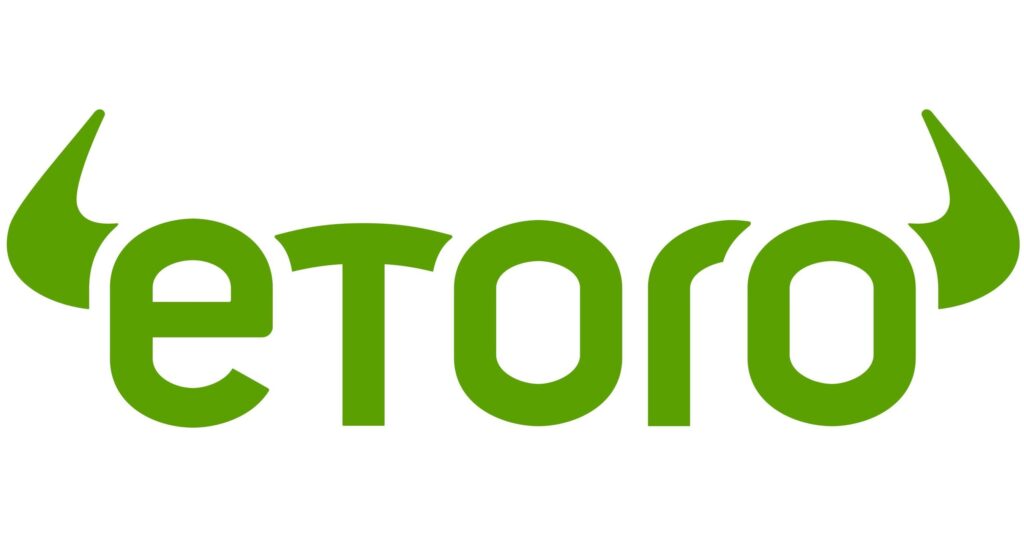
eToro pioneers with a social trading experience, taking roughly 1% on crypto trades, and lets you mimic the strategies of successful traders.
#7. Binance
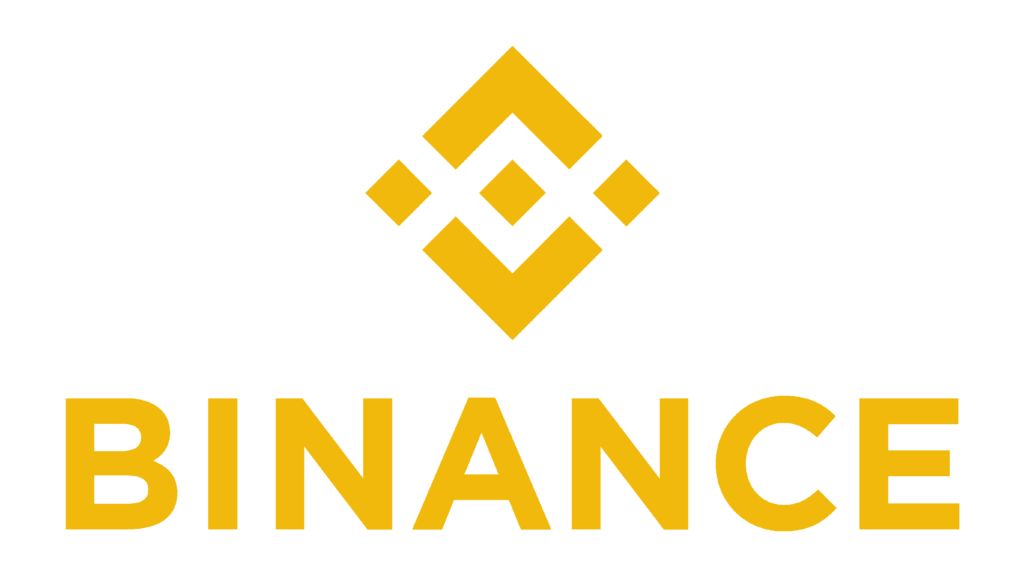
For seasoned traders favoring a variety, Binance charges an introductory fee of 0.1% and boasts a complex platform with deep market insights.
#8. Coinbase

Coinbase is perfect for beginners due to its simple interface, which charges variable fees of around 0.5% and additional costs for certain services.
#9. KuCoin
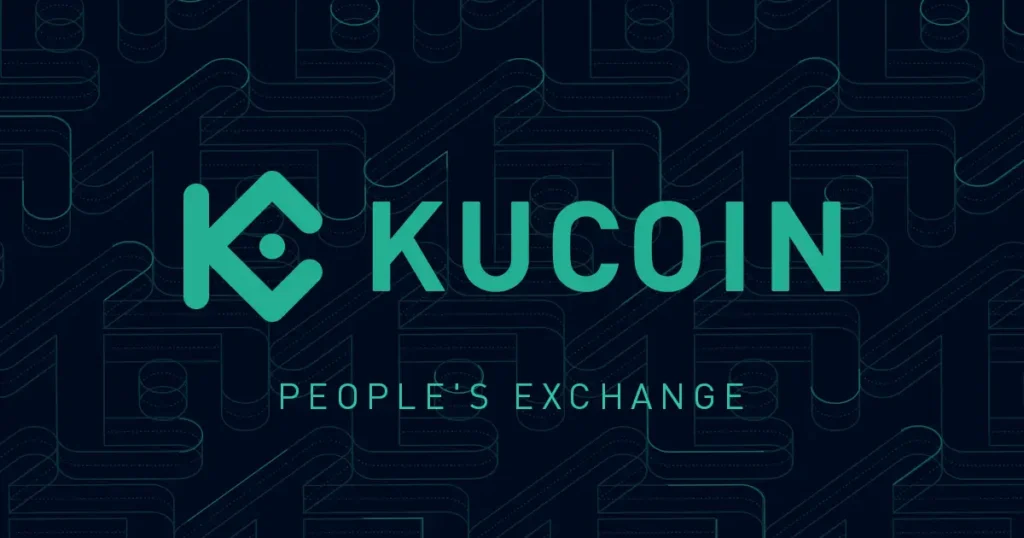
With starting fees at 0.1%, KuCoin offers users discounts for KCS token holders and features like futures trading and crypto lending.
#10. Country

Catering to those new to crypto, Cointree has a straightforward platform, educational resources, and fees starting at about 0.5%.
Factors Influencing Fees
When you’re navigating Australian crypto exchanges, the fees can be influenced by various factors. Understanding these can help you make informed decisions when trading.
-
Trading Volume:
- High-volume traders often benefit from lower fees due to the volume-based discounts exchanges offer.
- Lower-volume traders may face higher fees proportionally, as they don’t qualify for such discounts.
-
Payment Method:
- The way you fund your account can significantly affect your costs. For example:
- Credit card deposits may incur higher fees than bank transfers due to processing costs.
- Cryptocurrency deposits typically have lower fees compared to fiat currencies.
- The way you fund your account can significantly affect your costs. For example:
-
Currency Type:
- Trading pairs involving significant cryptocurrencies (like Bitcoin or Ethereum) usually incur lower fees.
- Exotic or less common digital currencies might attract higher fees due to lower liquidity.
In terms of benefits:
- Lower fees can make frequent trading more economical, maximizing potential profits.
- However, sometimes higher fees correlate with enhanced security measures or additional features such as advanced trading tools.
It’s important to remember that fees are just one component of the trading experience. Your choice of platform should also consider security, ease of use, and regulatory compliance, ensuring that you’re trading on a reliable and safe exchange platform.
Tips for Minimizing Fees
When participating in Australian crypto exchanges, you can implement several strategies to minimize the fees you pay.
- Selecting the Right Deposit Method: Some exchanges offer lower fees for specific deposit methods. Bank transfers may be less expensive compared to credit or debit card deposits. Check the fee structure for the deposit method that best suits your budget.
- Trading Volume and Fee Tiers: Higher trading volume can often lead to lower fee tiers. Consider consolidating trades to benefit from volume discounts if available.
-
Fee Calculators: Utilize the exchange’s fee calculator to estimate costs before executing trades. Being informed helps manage your budget effectively.
-
Low-Fee Time Frames: Some platforms may offer reduced fees during specific hours or days. Stay informed of such low-fee windows and schedule your trades accordingly.
-
Limit Orders: Opting for limit orders instead of market orders can incur lower fees. This gives you control over the transaction price and can sometimes bypass higher taker fees.
- Utilizing Native Tokens: Holding and using the exchange’s native tokens for transactions can unlock discounts. Many exchanges incentivize using their tokens by offering reduced fees for those who pay with them.
| Strategy | Potential Benefit |
|---|---|
| Right Deposit Method | Lower initial transaction costs |
| Trading Volume and Fee Tiers | Discounts on volume trading |
| Fee Calculators | Accurate cost estimation |
| Low-Fee Time Frames | Reduced fees during specific times |
| Limit Orders | Control over fees and price |
| Using Native Tokens | Fees discounts |
By adopting these methods, you can optimize your trading strategy to minimize fees and preserve your capital.
Frequently Asked Questions
When exploring cryptocurrency exchanges in Australia, it’s essential to understand the fee structures to make informed decisions. This section covers the most common queries regarding fees on Australian exchanges.
Which Australian crypto exchange has the lowest fees?
Among the various options, Swyftx is acknowledged for its competitive fee structure, typically charging between 0.1% and 0.6% depending on your trading volume. This makes it one of the exchanges with the lowest fees in Australia.
What are the typical transaction fees for cryptocurrency exchanges in Australia?
Transaction fees in Australia can be higher than in other countries. As of 2022, fees were reported to be an estimated total of $50.9 million across the country.
Typically, you might encounter fees ranging from 0.1% to 0.6% for trading, with occasional variations based on the exchange or the transaction type.
How can I compare the fee structures of different Australian cryptocurrency exchanges?
To compare fee structures, look at the exchange’s fee schedules, usually found in their FAQs or fee information pages.
Consider both trading fees and other potential costs like withdrawal and deposit fees.
Think about your trading frequency and volume, as some exchanges offer tiered fee structures that could benefit active traders.
Conclusion
When trading cryptocurrencies in Australia, keeping a close eye on the exchange fees is essential.
These fees can vary significantly from one platform to another and substantially impact your trading profitability.
Exchanges like Swyftx offer a tiered fee model ranging from 0.1% to 0.6% on trades, which can be beneficial if your trading volume is high.
Most exchanges offer a structure where your fees decrease as your volume increases.
For example, platforms such as Gate.io, with its long-standing presence in the industry, cater to professional traders with their low fees and advanced trading features. Here’s a quick breakdown of some exchanges and their key features:
- Swyftx: Australian-based with tiered fees.
- Gate.io: Over a decade of service with low fees for professional traders.
- CoinSpot: Ideal for beginners valuing simplicity.
- Binance Australia: Known for its high liquidity.
Your strategy should involve assessing not just the fees but also other factors like security, available cryptocurrencies, and the user interface of the exchange.
The diverse landscape of crypto exchanges suggests that there are numerous viable options for Australian traders, each with their unique selling points and limitations.
In conclusion, as a crypto trader in Australia, you must understand how fees fit into your overall trading strategy and choose an exchange that aligns with your trading habits and investment goals.
Making informed decisions based on this knowledge will enable you to navigate the crypto market confidently.

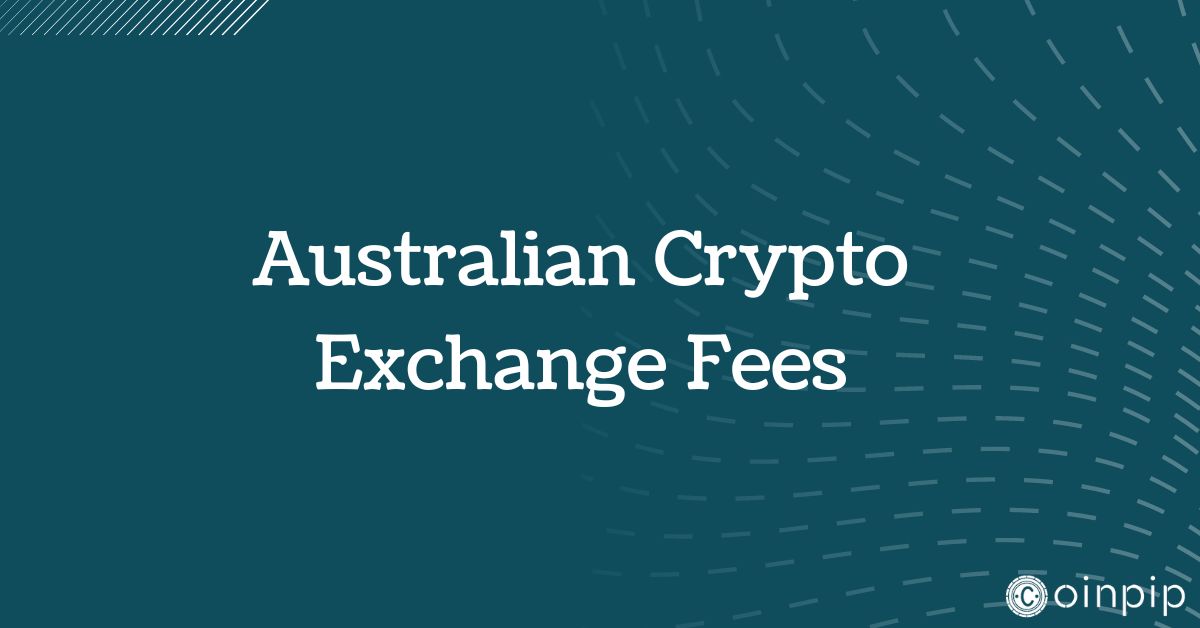
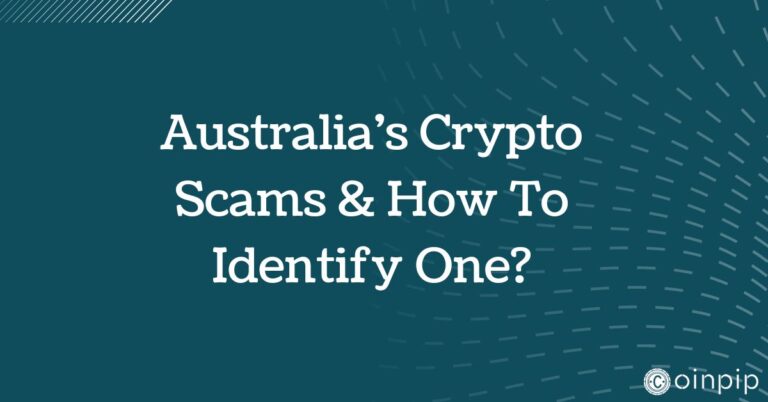



![How Much Do Crypto Exchanges Make In A Day [2024]](https://www.coinpip.com/wp-content/uploads/2024/05/How-Much-Do-Crypto-Exchanges-Make-In-A-Day-768x402.jpg)
